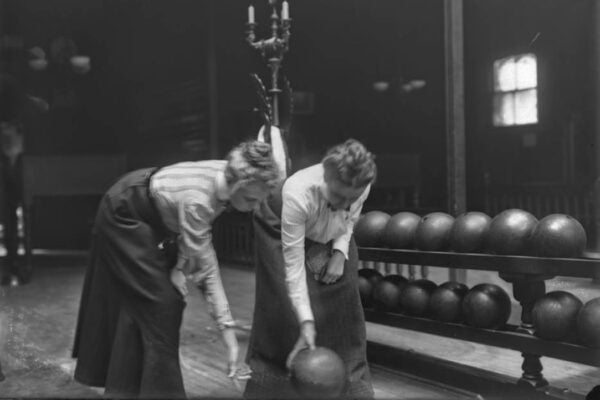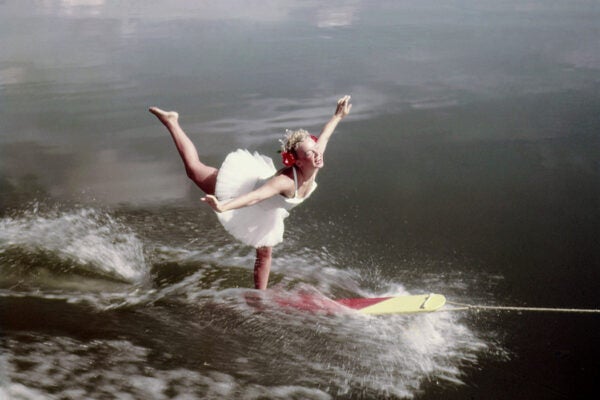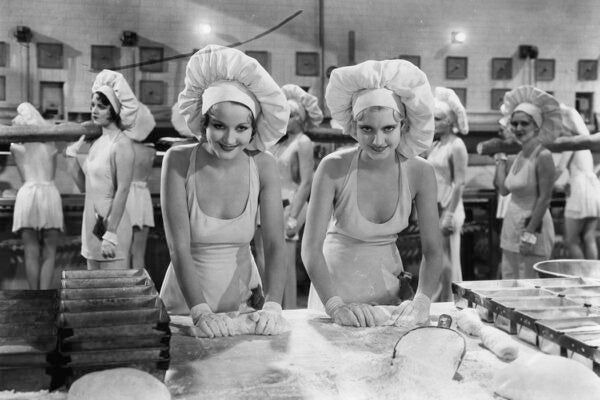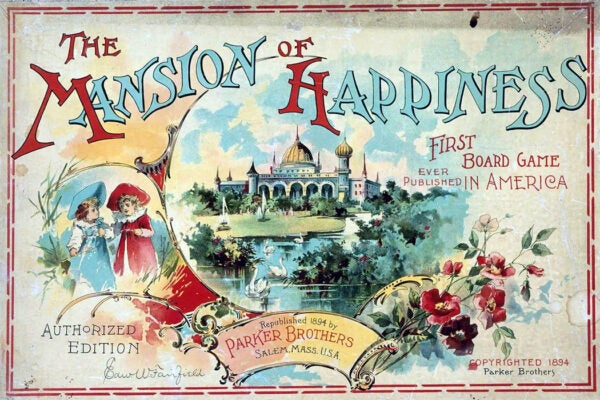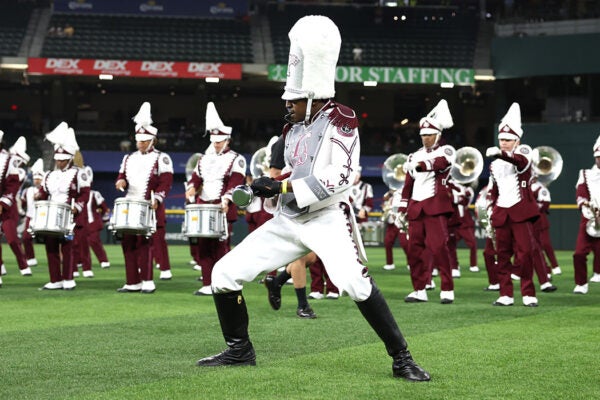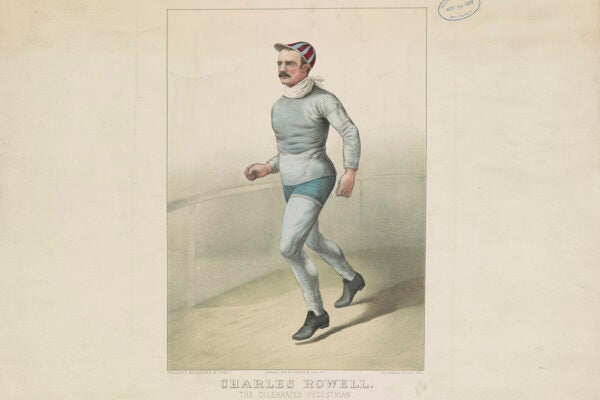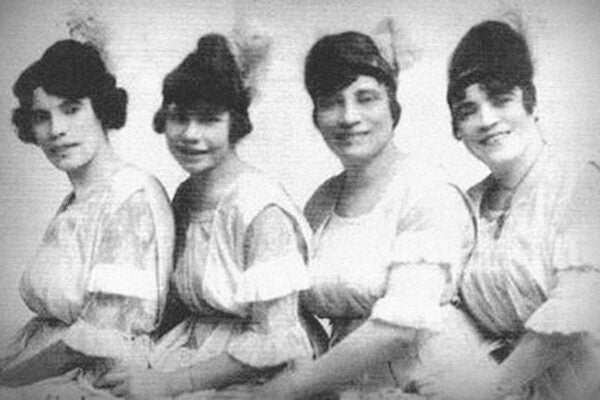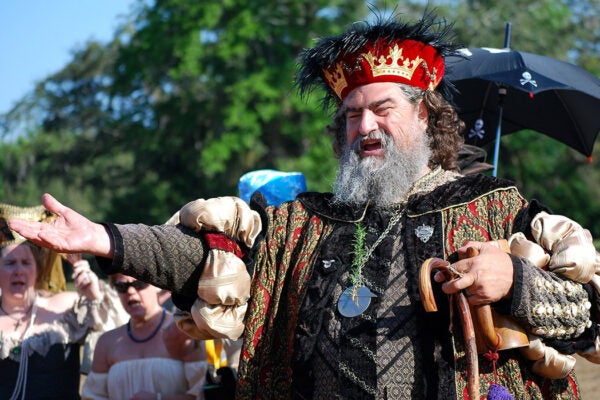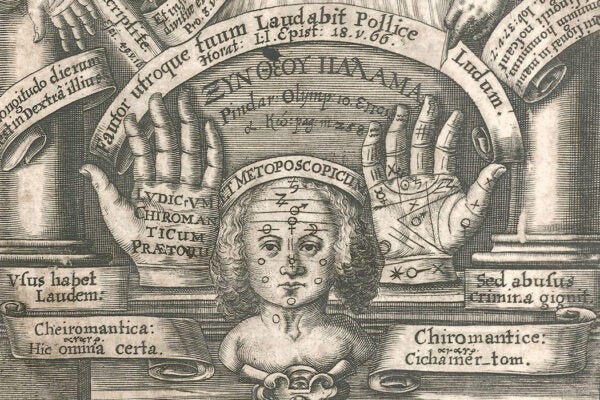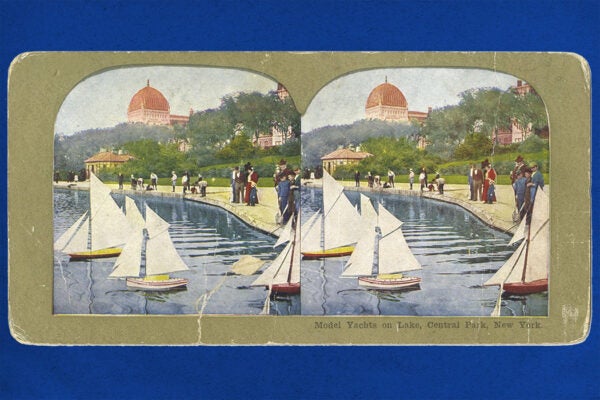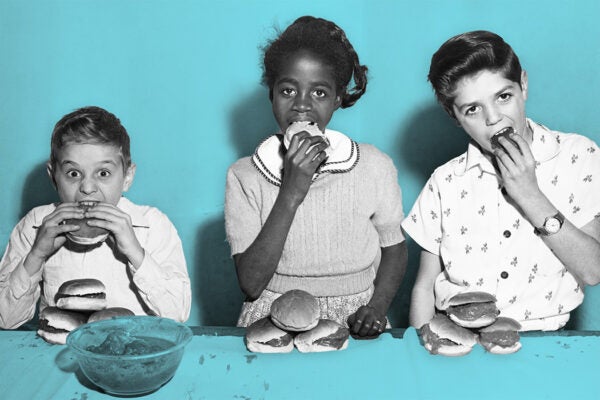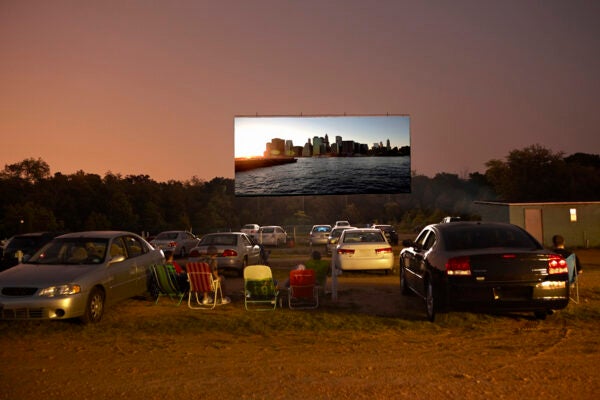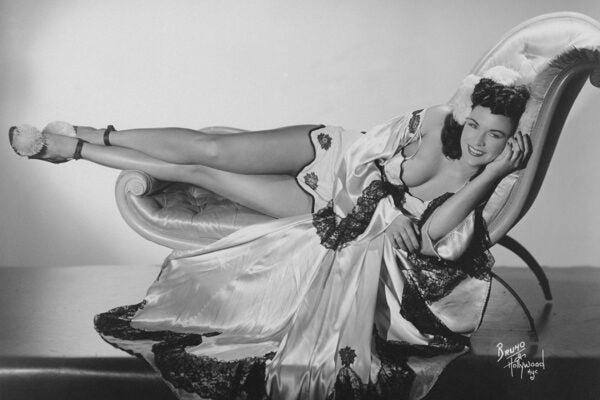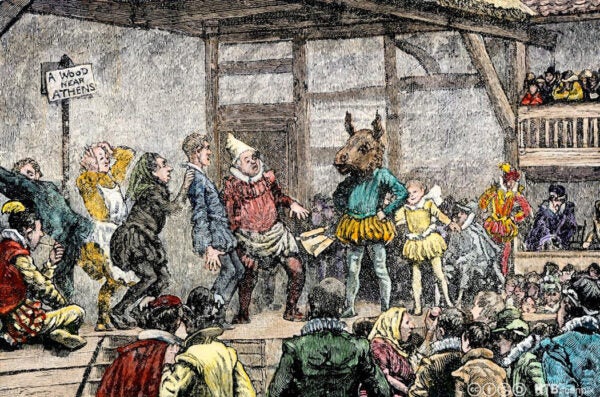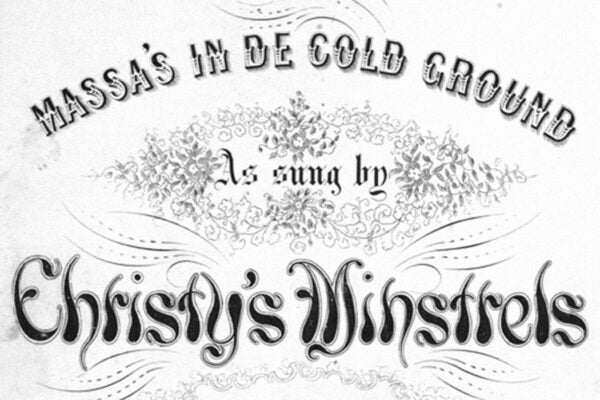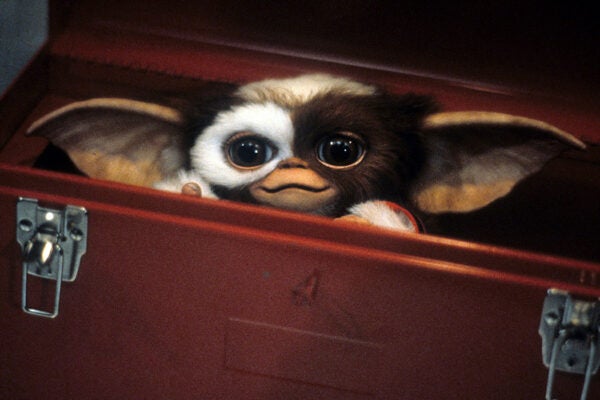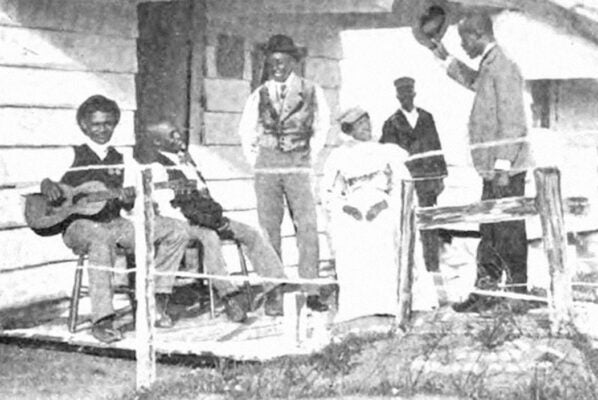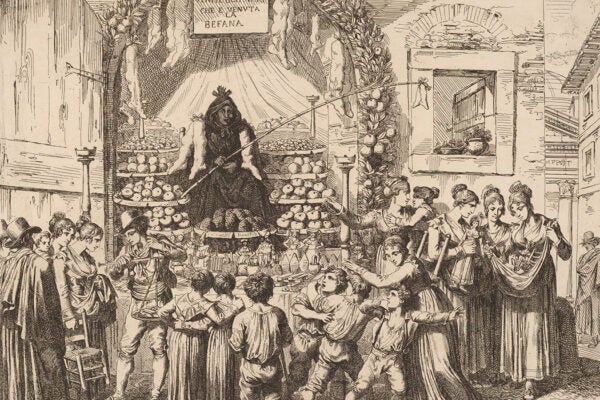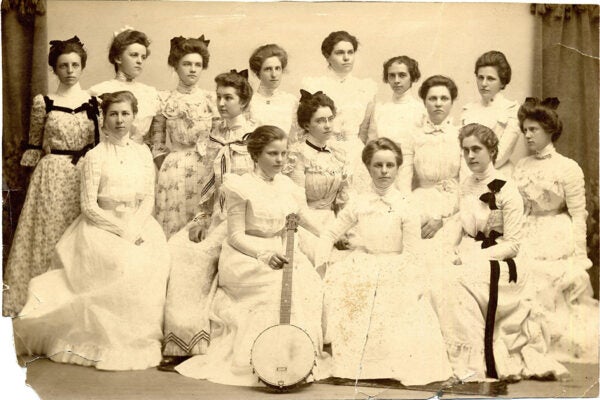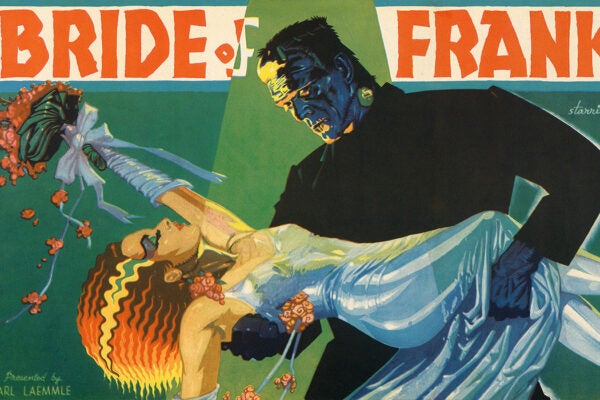Tod Browning’s Freaks
Freaks asked audiences to think about the exploitative display of human difference while also demonstrating that the sideshow was a locus of community.
The Bowling Alley: It’s a Woman’s World
Even when it was considered socially unacceptable, American women were knocking down pins on the local lanes.
The Wonderful World of the Water Ski
Invented in 1922, water-skiing quickly became shorthand for American ideas on beauty, athleticism, and affluence.
Before Deep Blue: the Automaton Chess Player
You may have heard of IBM’s chess-playing computer, but Johann Nepomuk Maelzel’s Automaton Chess Player beat Deep Blue to the (mechanical) punch. Check mate.
Queer Representation in Pre-Code Hollywood
Before the establishment of the Hollywood Production Code in the 1930s, filmmakers deployed gender and sexuality stereotypes for glamour, humor, and drama alike.
Bring on the Board Games
The increasing secularism of the nineteenth century helped make board games a commercial and ideological success in the United States.
The Storied History of HBCU Marching Bands
Marching bands at historically Black colleges and universities can be seen as both celebratory emblems and complicated arbiters of Black American culture.
The Popularity and Politics of Pedestrianism
The sport of competitive walking touched on social concerns such as debt and poverty, fitness and fame, but it also found support in the temperance movement.
The Decades of Double Features
For years, the double feature was a dependable part of the movie-goer’s life. Where did it come from, and where did it go?
The Wonderfully Complex Whitman Sisters
A popular act on the Black vaudeville circuit, the Whitman Sisters relied on a reputation for strong morals while challenging racial and gender codes.
A Holiday Pantomime
With origins in the theater of the early eighteenth century, “panto” remains a crucial element of the holiday season in Great Britain and Ireland.
Reasons for Re-Enacting at the Renaissance Faire
Why do we love donning period costumes and re-enacting our history through mock battles, pioneer villages, and Renaissance Faires?
In the Palm of Your Hand
Palm reading, also known as palmistry or chiromancy, has fascinated us as a practice and a party trick for centuries.
In the Stereoscope, Another World
Developed in the nineteenth century, the stereoscope gave people a new way of seeing themselves and the world around them.
The Curious History of Competitive Eating
The annals of competitive eating contests are full of more than just hot dogs.
The Enduring Drive-In Theater
Even as televisions spread across the American landscape, the drive-in movie theater grew in popularity in the years following World War II.
Burlesque Beginnings
From its nineteenth-century origins, burlesque developed into a self-aware performance art that celebrates the female form and challenges social norms.
Doctor Who, the Traveling Time Lord
Though they each arrive with an individual sense of humor and fashion, the fifteen Doctors reflect the political and social issues of their respective eras.
Shakespeare and Fanfiction
Despite an enduring slice of audience that treats his work as precious and mythic, most Shakespeare fans have rarely met an adaptive concept they didn’t like.
Christy’s Minstrels Go to Great Britain
Minstrel shows were an American invention, but they also found success in the United Kingdom, where audiences were negotiating their relationships with empire.
PG-13: Some Material May Be Inappropriate
The creation of the PG-13 rating in 1984 can be traced to a few key films: Poltergeist, Indiana Jones and the Temple of Doom, and Gremlins.
Nate Salsbury’s Black America
The 1895 show purported to show a genuine Southern Black community and demonstrate Black cultural progress in America, from enslavement to citizenship.
A Visit from La Befana
In the Catholic tradition, Epiphany is the day the Three Kings first met Baby Jesus. But in Italy, it’s also the day La Befana shows up with a basket of gifts.
The Nineteenth-Century Banjo
Derived from an instrument brought to America by enslaved Africans, the banjo experienced a surge of popularity during the New Woman movement of the late 1800s.
Bride of Frankenstein
Drawn from the margins of Mary Shelley's 1818 novel, the cinematic Bride of Frankenstein is never just one thing, and she never goes away.


